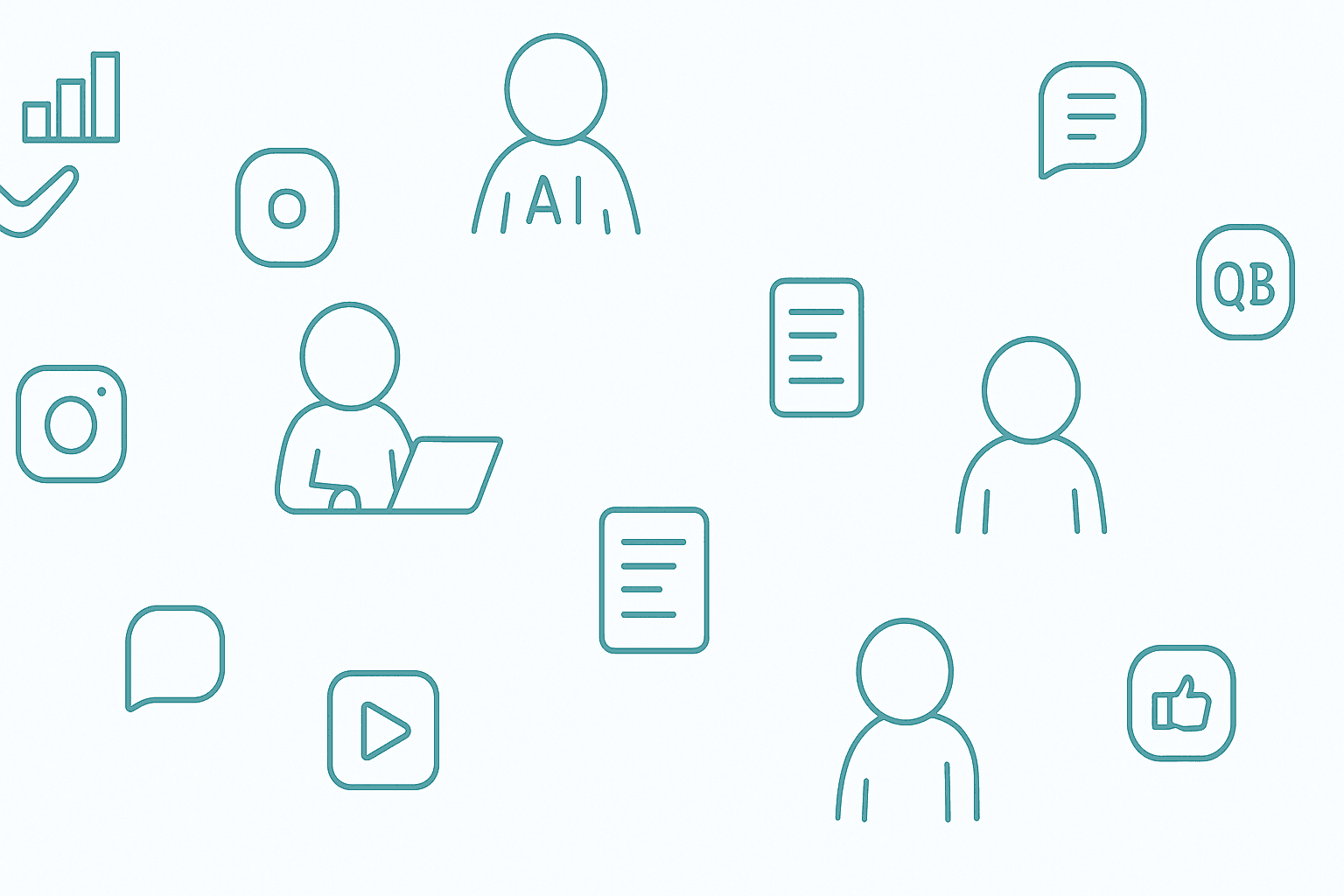Technical Terms and Concepts
IntermediateUnderstand the technical architecture, APIs, security, and system concepts that power Scribe Spark. Learn about the technology behind the platform and how it works.
Overview#
Technical terms in Scribe Spark refer to the underlying technology, architecture, and system concepts that power the platform. While you don't need to be a developer to use Scribe Spark effectively, understanding these terms can help you troubleshoot issues and make better use of advanced features.
This guide covers the technical concepts, APIs, security features, and system architecture that make Scribe Spark work behind the scenes.
System Architecture#
Frontend & Backend
Scribe Spark uses a modern web architecture with separate frontend and backend systems. The frontend provides the user interface, while the backend handles data processing, AI generation, and business logic.
APIs & Integrations#
What is an API?
An API (Application Programming Interface) is a set of rules and protocols that allows different software systems to communicate with each other. Scribe Spark uses APIs to connect with external services and platforms.
REST API
Scribe Spark provides a REST API that allows developers to integrate the platform with other systems, automate workflows, and build custom applications.
Third-Party Integrations
- Social Media APIs: Connect to Instagram, Facebook, Twitter, and other platforms
- Payment APIs: Integrate with Stripe for billing and subscriptions
- Storage APIs: Connect to cloud storage services for media management
- Analytics APIs: Integrate with external analytics and tracking tools
Webhooks
Webhooks allow external systems to receive real-time notifications when events occur in Scribe Spark, such as content publication or user actions.
Authentication & Security#
Session Management
Scribe Spark uses secure session tokens to maintain user authentication. These tokens are encrypted and expire after a set period for security.
Role-Based Access Control (RBAC)
- Permission System: Granular control over what users can access and modify
- Role Definitions: Predefined sets of permissions for different user types
- Access Control Lists: Detailed permissions for specific resources
- Audit Logging: Track all user actions for security and compliance
Data Encryption
All sensitive data, including user credentials and content, is encrypted both in transit (using HTTPS) and at rest (in the database).
Security Best Practices
- HTTPS Only: All communications use secure protocols
- Input Validation: All user inputs are validated and sanitized
- Rate Limiting: Prevent abuse and ensure system stability
- Regular Security Updates: Keep systems protected against vulnerabilities
AI & Machine Learning#
Language Models
Scribe Spark uses advanced language models (LLMs) to generate content. These models are trained on vast amounts of text data and can understand context, follow instructions, and create human-like content.
Token System
- Token Consumption: AI generation consumes computational tokens
- Token Limits: Different subscription plans have different token allowances
- Token Efficiency: Optimize prompts to use tokens effectively
- Token Monitoring: Track usage across organizations and projects
Model Selection
Different AI models are available for different types of content and use cases. Models vary in capabilities, speed, and cost, allowing you to choose the best option for your needs.
AI Training & Fine-tuning
The AI models are continuously improved and updated to provide better content generation results. User feedback and usage patterns help optimize the models over time.
Data Management & Storage#
Data Storage
- User Data: Account information, preferences, and settings
- Content Data: Generated content, drafts, and published materials
- Media Files: Images, videos, and other uploaded assets
- Analytics Data: Performance metrics and usage statistics
- Configuration Data: System settings and integration configurations
Data Backup & Recovery
All data is regularly backed up to ensure no information is lost. Multiple backup locations and automated recovery processes provide data protection and business continuity.
Data Privacy
- GDPR Compliance: Follows European data protection regulations
- Data Minimization: Only collect necessary data for service provision
- User Control: Users can access, modify, and delete their data
- Third-Party Sharing: Limited data sharing with explicit consent
Monitoring & Logging#
System Monitoring
- Performance Metrics: Track response times, throughput, and resource usage
- Error Tracking: Monitor system errors and exceptions
- User Experience Metrics: Track page load times and user interactions
- Infrastructure Monitoring: Monitor servers, databases, and external services
Logging Systems
Comprehensive logging captures system events, anonymized user actions, and errors for debugging, security auditing, and performance analysis. Logs are stored securely and can be analyzed for insights.
Alerting & Notifications
Automated alerts notify administrators of system issues, performance degradation, or security concerns, enabling quick response and resolution of problems.
Deployment & Infrastructure#
Cloud Infrastructure
Scribe Spark runs on cloud infrastructure, providing high availability, scalability, and reliability. Multiple data centers ensure service continuity and disaster recovery.
Containerization
Services are packaged in containers for consistent deployment and easy scaling. Container orchestration ensures efficient resource utilization and service management.
Continuous Deployment
- Automated Testing: Comprehensive testing before deployment
- Rollback Capability: Quick reversion if issues arise
- Zero-Downtime Updates: Service continues during updates
Environment Management
Separate environments for development, staging and production ensure code quality and stability. Each environment has its own configuration and data isolation.
Video Tutorials
Watch step-by-step tutorials to master Scribe Spark features
Deep dive into the technical architecture, APIs, and system design of Scribe Spark
Visual Examples
See examples of content created with Scribe Spark

Additional Resources
Explore external resources and references for deeper learning
Security Best Practices
Learn about security features and best practices in Scribe Spark
/docs/security/overviewPerformance Optimization
Tips and techniques for optimizing performance and efficiency
/docs/performance/optimizationThis will close the documentation and return you to your previous tab
